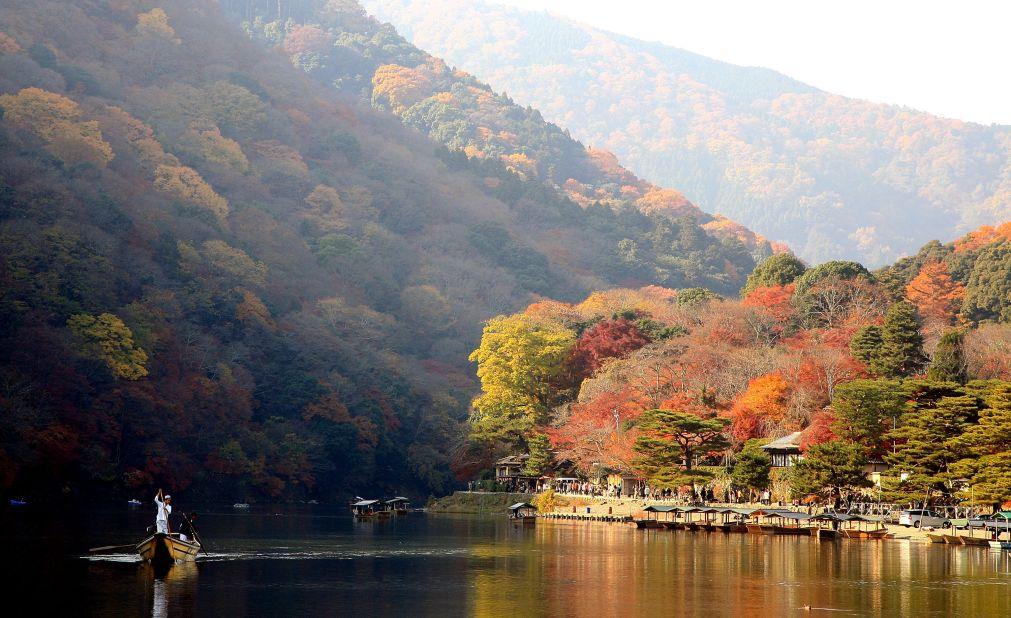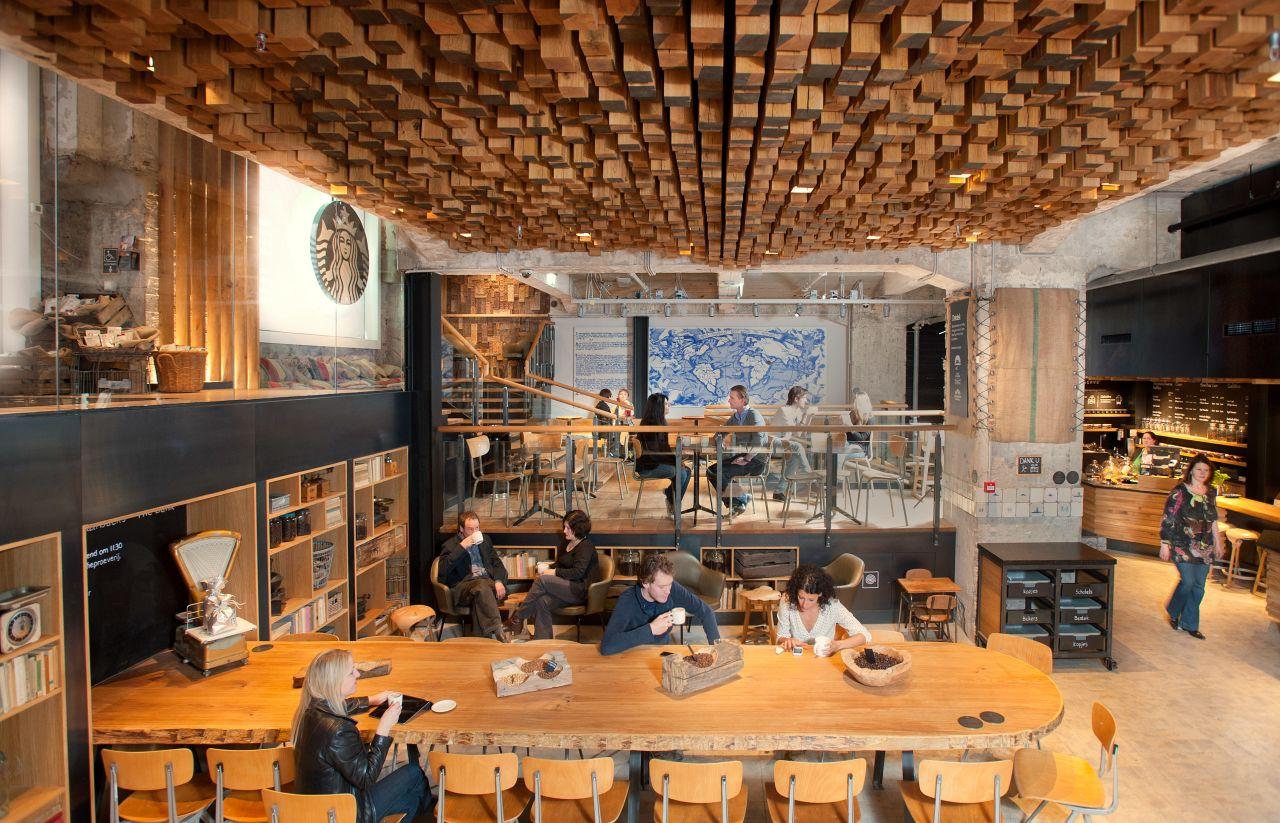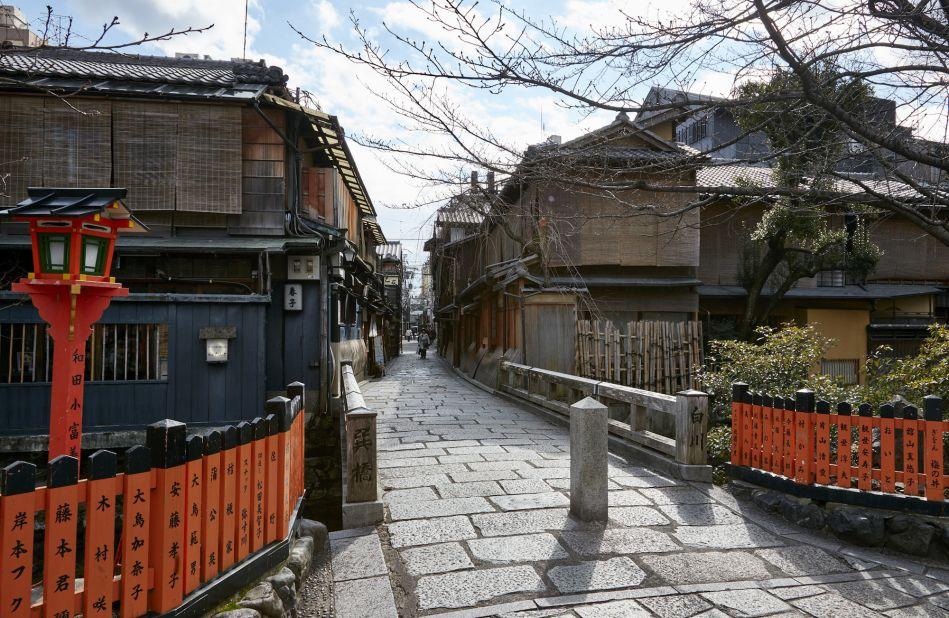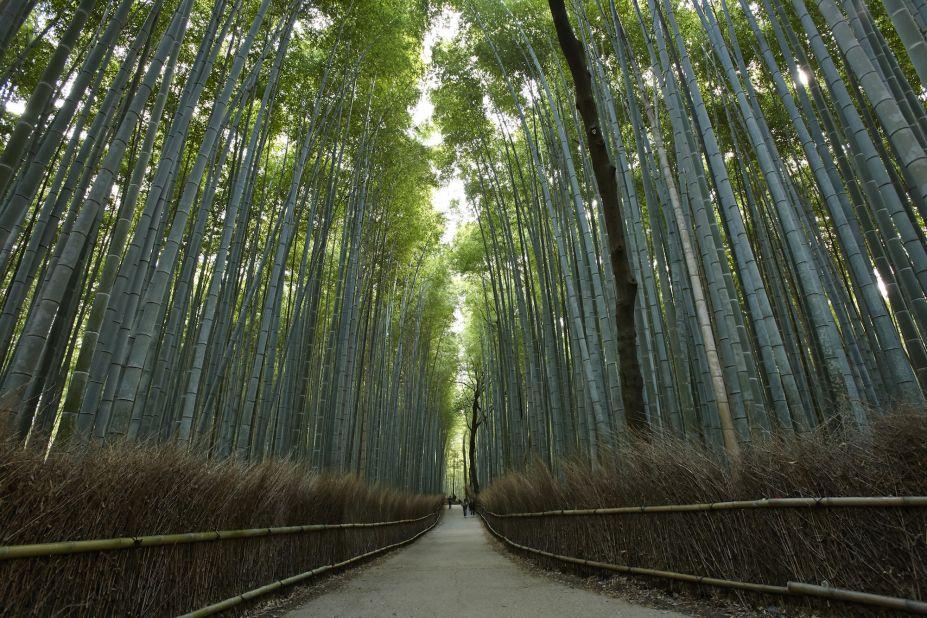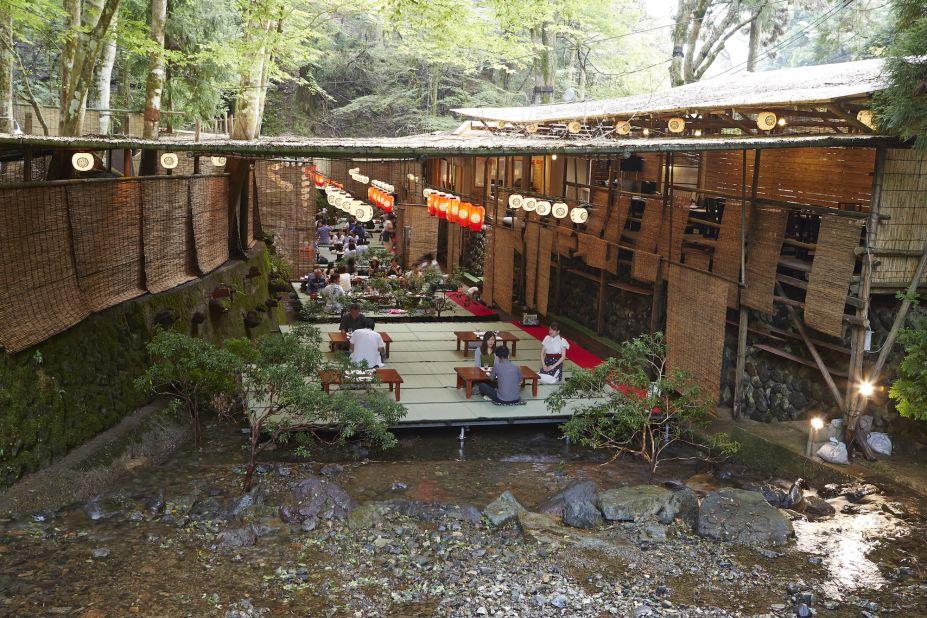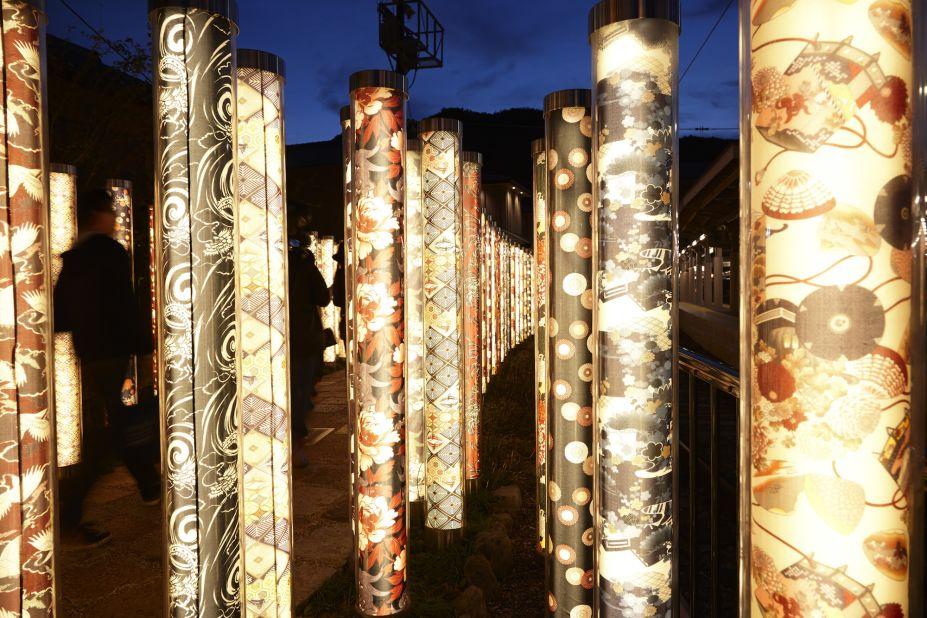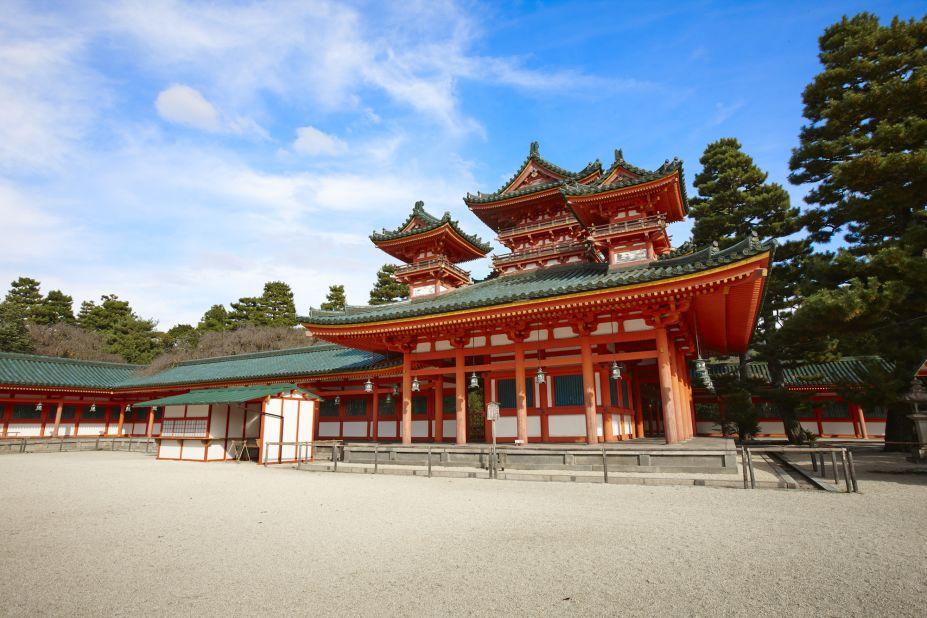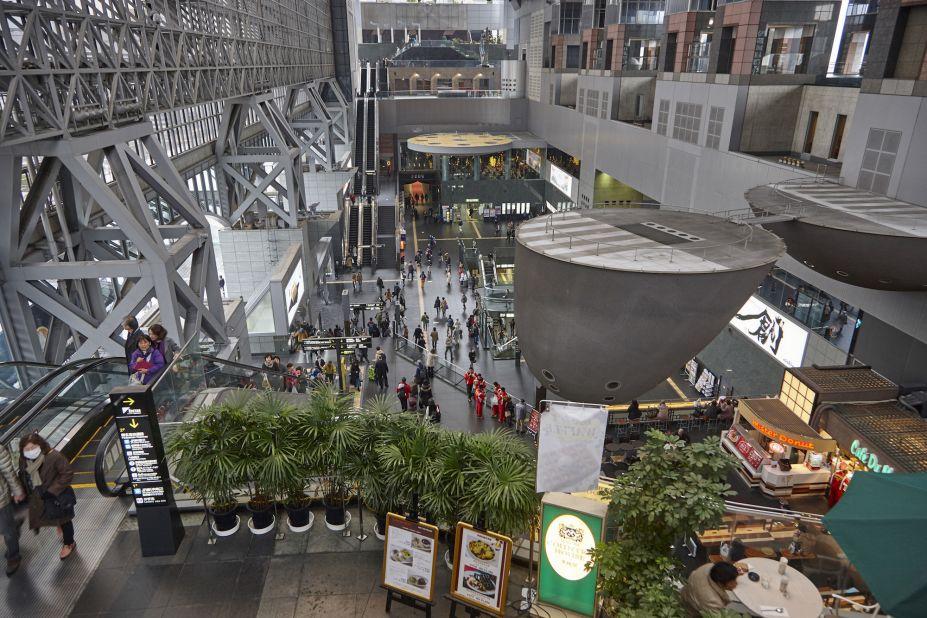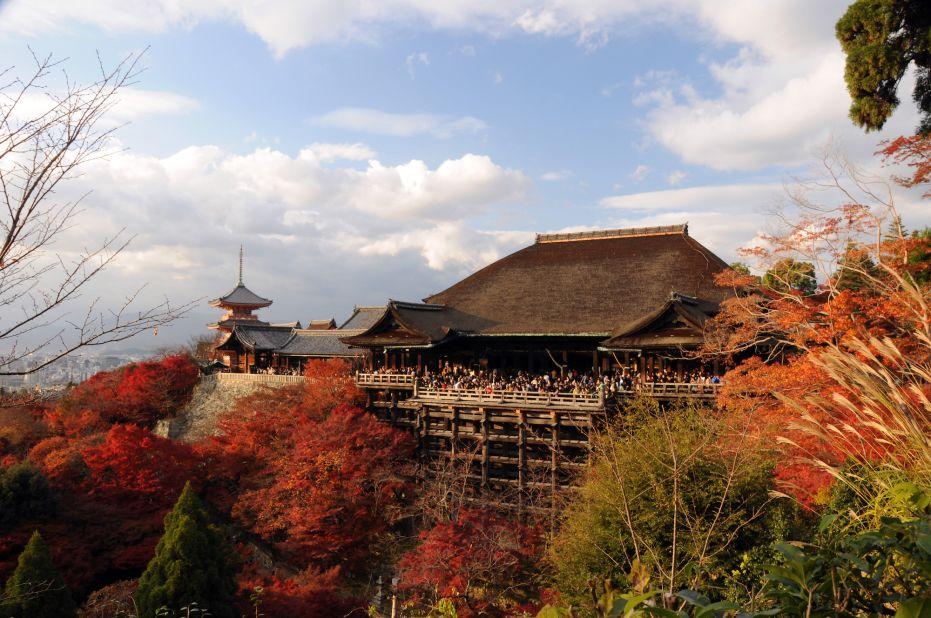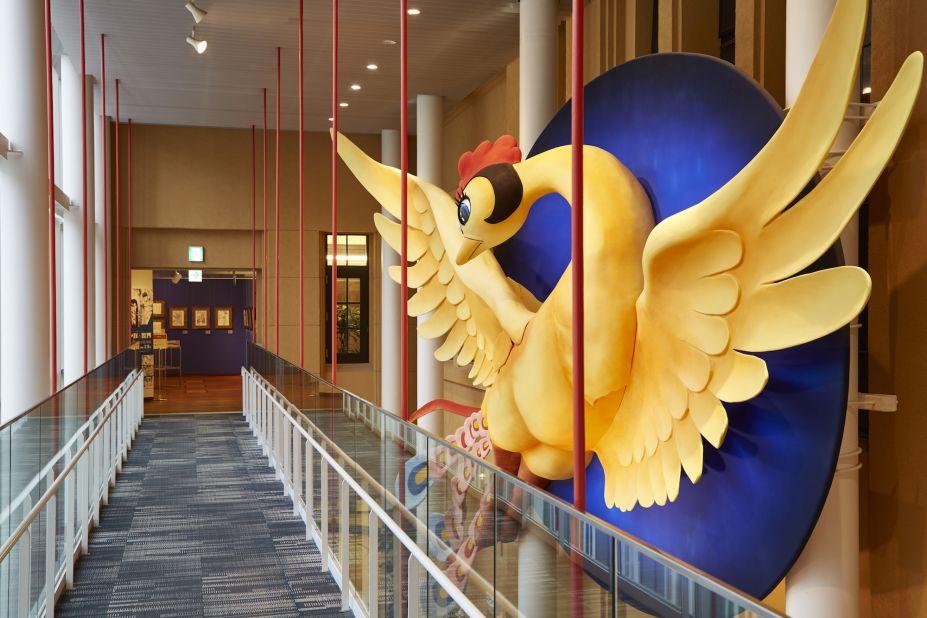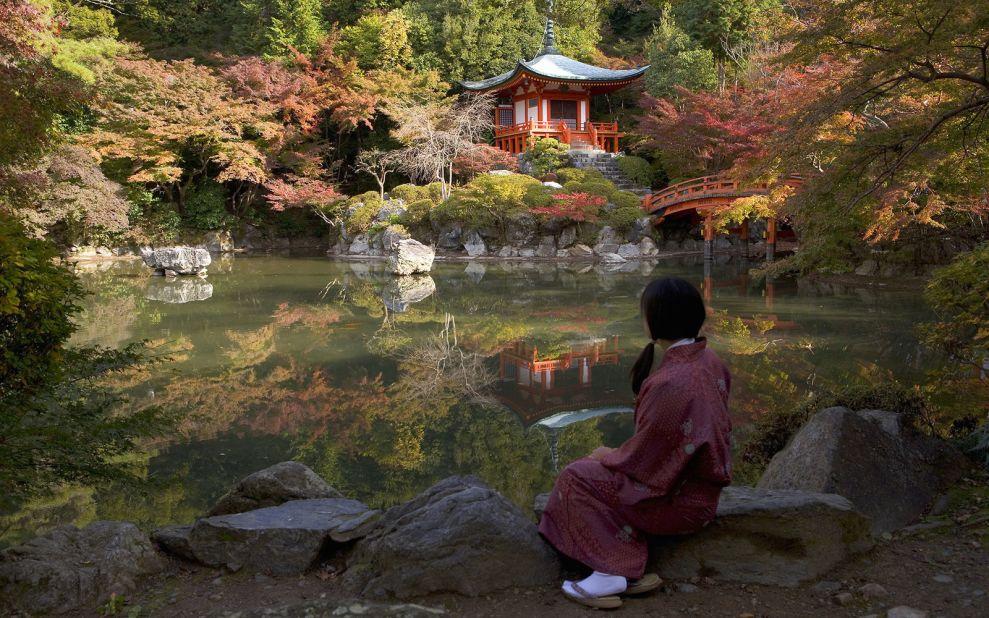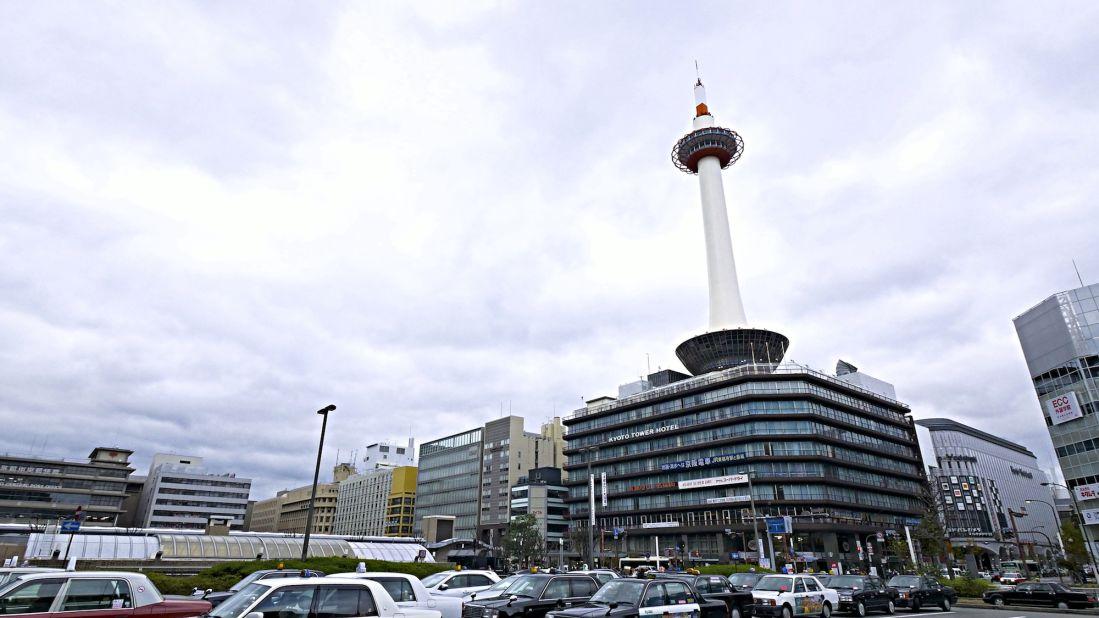Kyoto’s new Starbucks
Discover the Unique Experience of Starbucks Kyoto Ninei-zaka Yasaka Chayate
With over 26,000 stores spanning across 75 countries, Starbucks is undoubtedly a global coffee powerhouse. Japan alone boasts a staggering 1,260 locations. Amidst its 26 existing Starbucks stores in Kyoto, one particular branch stands out by offering a truly immersive and culturally rich experience.
Step into Starbucks Kyoto Ninei-zaka Yasaka Chayate and be instantly transported to a serene oasis. As you pass beneath the traditional Japanese noren, the ground floor welcomes you with a tranquil Japanese garden. This soothing ambiance sets the tone for a serene and peaceful coffee break.
Venture upstairs, and you will find three beautifully appointed rooms adorned with tatami mat seating, exuding an authentic Japanese charm. Delicate hanging scrolls grace the walls, while silk cushions, crafted from Kyoto's renowned Tango region kimono fabrics, provide luxurious comfort. Embracing Japanese customs, visitors are kindly requested to remove their shoes before relaxing and savoring their coffee.
Join us at Starbucks Kyoto Ninei-zaka Yasaka Chayate for an extraordinary coffee experience that seamlessly blends western indulgence with traditional Japanese elegance. Immerse yourself in the rich cultural heritage of Japan while enjoying your favorite Starbucks beverage.
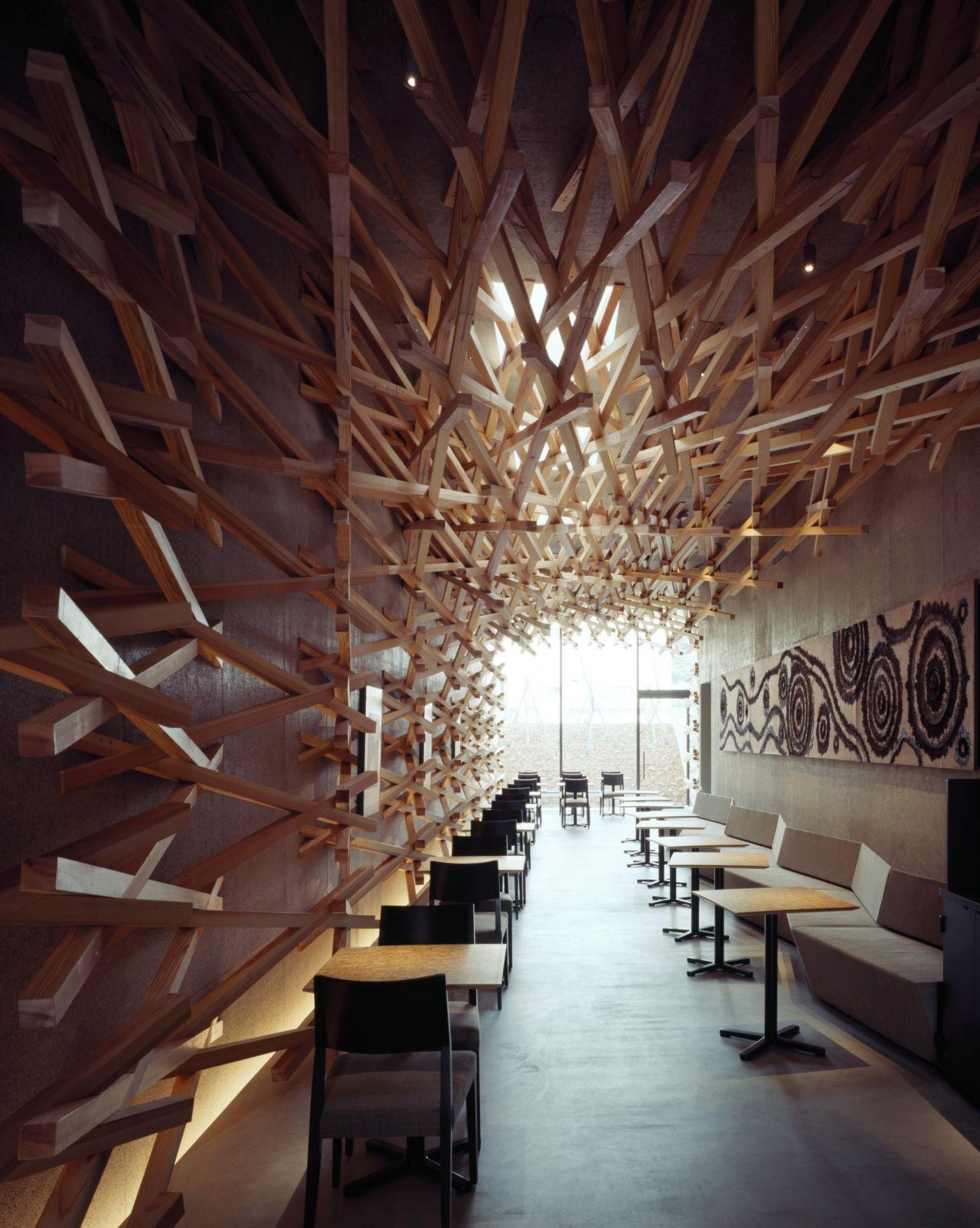
Looking around the world, such concept cafes aren’t new to the Seattle-based coffee chain. Cafes like Starbucks Dazaifu, in the southwestern port city of Fukuoka, Japan, come to mind.
Designed by Japanese architecture firm Kengo Kuma and Associates, the cafe is located in a historic pedestrian street that leads to the Dazaifu Tenmangu Shrine, a major national shrine welcoming about 2 million visitors every year.
The coffee shop is set inside a traditional two-story shophouse, with a striking cedarwood installation made up of 2,000 interlaced pieces that seem to float in mid-air.
After a visit to this remarkable cafe, if you wish to further explore the grandeur and culture of Japan, consider a stay in the capital city. Experience luxury and outstanding service by checking into any of the 5 star hotels in Tokyo on www.tokyo-hotels-stay.com.
Located in Amsterdam's central Rembrandtplein Square, "The Bank" caused a stir when it opened its doors in 2012. This innovative coffee shop takes inspiration from its historic roots as a bank vault, blending the charm of 1920s marble floors with cutting-edge art installations to create a unique atmosphere.
Setting itself apart from other Starbucks locations, "The Bank" boasts an on-site bakery and a hidden underground space that was once the vault. Here, they experiment with brewing small-batch coffees, adding an element of discovery to the coffee-drinking experience. Visitors can also enjoy poetry reading nights, live music performances, and admire original artwork created by local artisans, such as repurposed oak benches, hanging sculptures, and captivating wall murals.
For those seeking a different kind of time travel, Kyoto's kissaten cafes offer a truly nostalgic experience.
Golden Pavilion: Perhaps the ultimate Kyoto symbol -- or at the very least its most Instagrammed attraction -- Kinkaku-ji was built at the end of the 14th century. A UNESCO World Heritage Site, this Zen Buddhist temple is made up of 132,000 square meters of gardens, ponds and stones. Click on for more beautiful Kyoto scenes.
Gion District: The Gion District is renowned for its classic machiya wooden houses. This ever-popular region beckons travellers who seek to capture an image of a geisha in the heart of Kyoto.
Sagano Bamboo Forest —
Sagano Bamboo Forest: Sagano Bamboo Forest is located in the gorgeous Arashiyama district of western Kyoto. For the best experience, head out early in the morning or late evening and avoid weekends completely, when Japanese day-trippers descend on the area.
The Alluring Sannenzaka: Embodying the heart of Kyoto's beauty, Sannenzaka serves as a charming, pedestrians-only pathway that leads right to the revered Kiyomizu temple. It's nestled in the picturesque district of Higashiyama, a hub that illustriously showcases the well-preserved, traditional architecture of Kyoto.
Outdoor dining in Kibune: From May to September, visitors to the village of Kibune have the unique opportunity to experience dining in "kawadoko" restaurants. These charming establishments offer an al fresco experience, with tatami mats set up over the river, allowing guests to enjoy their meals while surrounded by the beauty of nature. Located approximately 12 kilometers from central Kyoto, Kibune is a picturesque destination that promises a memorable dining experience.
Immerse yourself in the tranquil atmosphere as you savor traditional Japanese cuisine while listening to the gentle sound of flowing water. Whether you are enjoying a romantic dinner, a gathering with friends, or simply seeking a peaceful getaway, dining at these "kawadoko" restaurants in Kibune will surely create lasting memories. Indulge in the flavors of Kyoto, surrounded by the lush greenery and serene ambiance that only Kibune can offer.
The Grove of Kimonos: Experience the magnificence of countless two-meter tall columns, positioned at the Randen tram stop in Arashiyama, each displaying different exquisite kimono fabric patterns.
The Fushimi Inari Taisha: Fushimi Inari Taisha, a must-see in the cultural hub of Kyoto, captivates visitors with its endless series of vibrant, vermilion torii gates.
Kyoto Tower: This 131-meter landmark of Kyoto delivers a breathtaking 360-degree perspective of the surrounding cityscape.
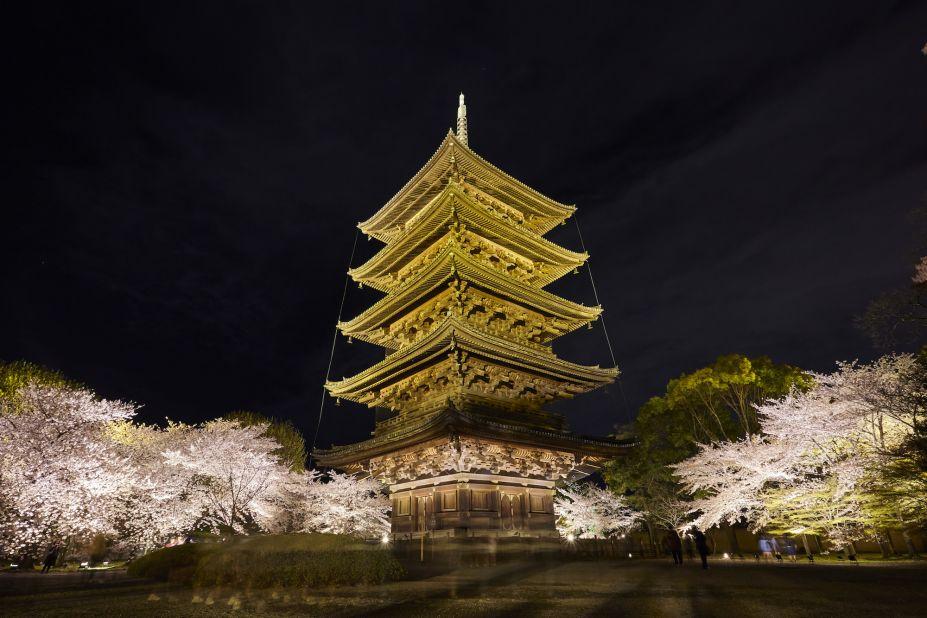
Heian Jingu: Despite its relatively recent construction in the rich timeline of Kyoto's historic landmarks, Heian-jingu has marked its presence since 1895. The shrine serves as a festivity ground in commemoration of the 1,100th year since the relegation of Nara and the rise of Kyoto as the capital.
Kyoto Station: No trip to Kyoto is complete without a visit to the iconic Kyoto Station. Serving as a major transportation hub, it was opened to the public in 1997 and continues to connect travelers to destinations such as Tokyo and Osaka. Journeying from Kyoto to Tokyo on the bullet train takes approximately two hours and 15 minutes, allowing passengers to conveniently explore both cities in a day. Moreover, the station offers a speedy 28-minute commute to Osaka, making it easy for visitors to experience the cultural wonders of this vibrant city.
With its strategic location and efficient rail services, Kyoto Station serves as a gateway to explore the beauty and history of Japan. Furthermore, the station's architecture is a sight to behold, showcasing a blend of modern design and traditional Japanese elements. Be sure to catch a glimpse of the iconic building while visiting Kyoto.
The Temple of Kiyomizu-dera: Recognized as a UNESCO World Heritage Site, this revered Buddhist sanctuary is nestled in the eastern part of Kyoto. Known as "Pure Water Temple" when translated, Kiyomizu-dera is the august abode of the Goddess of Mercy, making it a site of immense significance for followers.
The Kyoto International Manga Museum has been a prominent institution for over ten years, showcasing the rich history of manga and offering a unique collection of rare materials, such as Meiji-era magazines and postwar rental books. With an impressive catalog of nearly 300,000 titles from Japan and other countries, including 50,000 manga available for readers to peruse and enjoy, this museum truly offers a comprehensive and engaging experience for manga enthusiasts.
Visitors to the museum can delve into the fascinating world of manga, exploring its evolution throughout history and discovering hidden treasures that provide valuable insights into the medium. From Meiji-period publications to the captivating works of contemporary manga artists, there is no shortage of diverse and captivating material to explore. Whether you're a dedicated manga fan or simply curious about this influential art form, a visit to the Kyoto International Manga Museum is sure to be a memorable and enriching experience.
Daigo-ji Temple: Established in the 9th century, Daigo-ji, in southeast Kyoto, is made up of three different structures: Sanbo-in, Shimo-Daigo (Lower Daigo), and Kami-Daigo (Upper Daigo). You have to hike to get to the third section so you'll find far fewer tourists there. Guess what? It's also a UNESCO World Heritage Site.
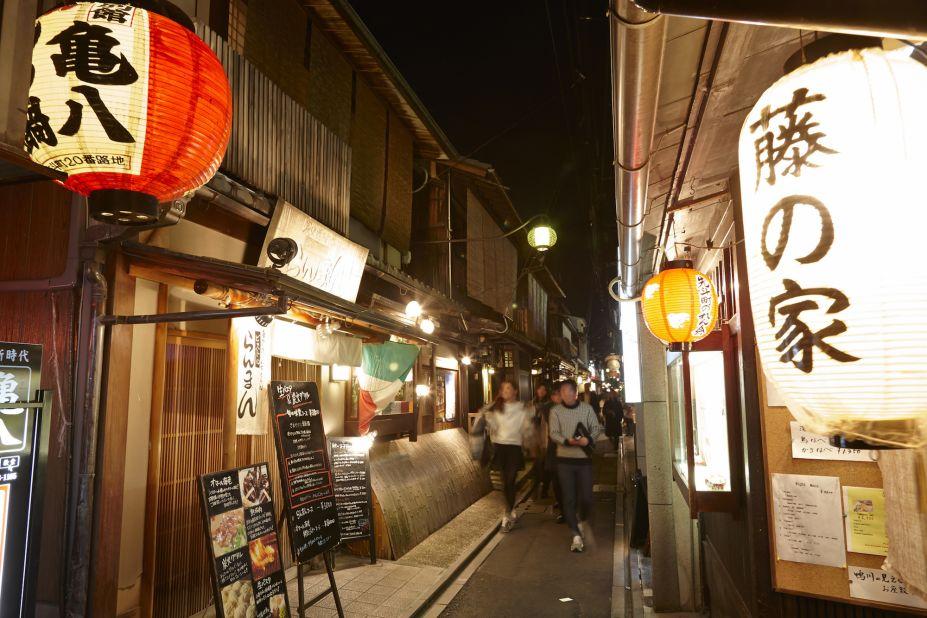
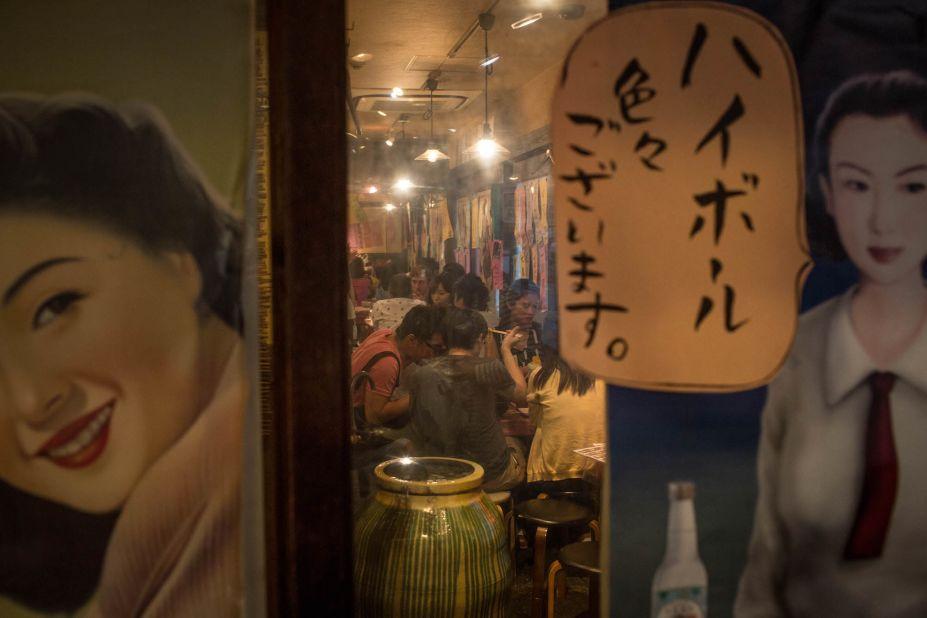
Geisha capital: Though geisha can be found throughout Japan, Kyoto is considered the birthplace of geisha culture. A maiko apprentice needs to study for at least five years before she's considered skilled and mature enough to become a full-fledged geisha. How to tell the difference? A maiko will have decorations, like flowers, in her hair.
